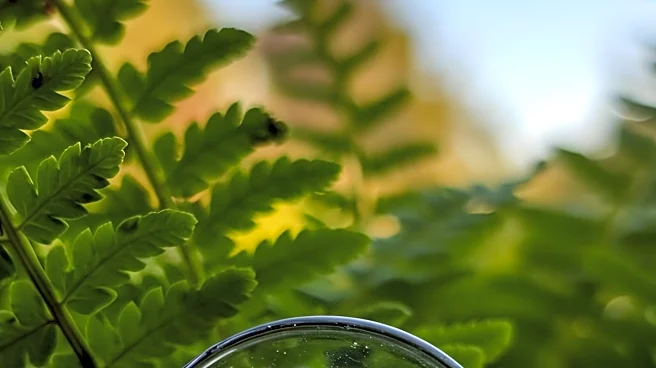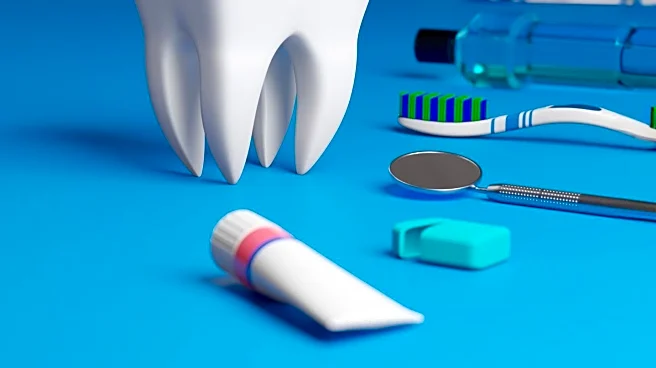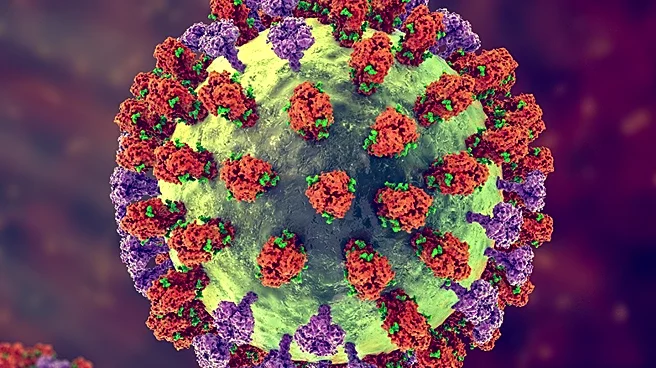What's Happening?
Recent research has uncovered that the yeast fungus Candida albicans, which is part of the human microbiome, can transform into a pathogenic form under certain conditions. This transformation involves the production of a toxin called candidalysin, which allows the fungus to colonize the oral mucosa without triggering an immune response. The study, led by Bernhard Hube, PhD, at the Leibniz Institute for Natural Product Research and Infection Biology, found that the fungus uses candidalysin in finely balanced amounts to remain undetected by the immune system. The research highlights the importance of candidalysin in the survival of Candida albicans in the mouth, as it acts as a 'door opener' for the fungus to anchor itself in the mucous membrane.
Why It's Important?
The findings are significant as they provide insight into how Candida albicans can persist in the human body without causing immediate harm, yet pose a threat to immunocompromised individuals. Understanding the role of candidalysin in fungal colonization could lead to new therapeutic strategies to prevent or treat infections caused by this fungus. The study also emphasizes the evolutionary advantage of candidalysin, which allows the fungus to live in the oral cavity while maintaining its potential as a pathogen. This research could have broader implications for managing fungal infections and understanding microbial pathogenicity.
What's Next?
Further research may focus on developing treatments that target the candidalysin production pathway, potentially offering new ways to combat Candida infections. Additionally, exploring the regulation of candidalysin expression could provide deeper insights into fungal survival mechanisms and immune evasion strategies. These findings could influence future studies on microbial interactions within the human microbiome and the development of antifungal therapies.
Beyond the Headlines
The study sheds light on the delicate balance that pathogens maintain to coexist with their hosts. It raises questions about the evolutionary pressures that shape microbial pathogenicity and the potential for similar mechanisms in other microorganisms. The research also highlights the complexity of host-pathogen interactions and the need for a nuanced understanding of microbial ecology in health and disease.










